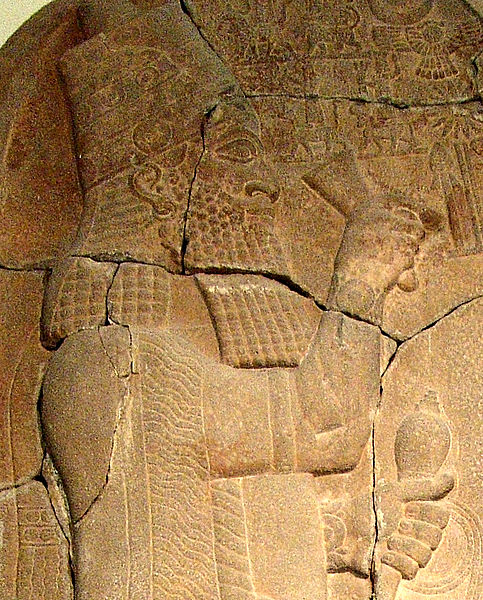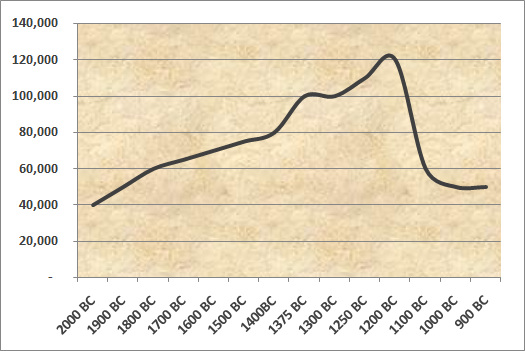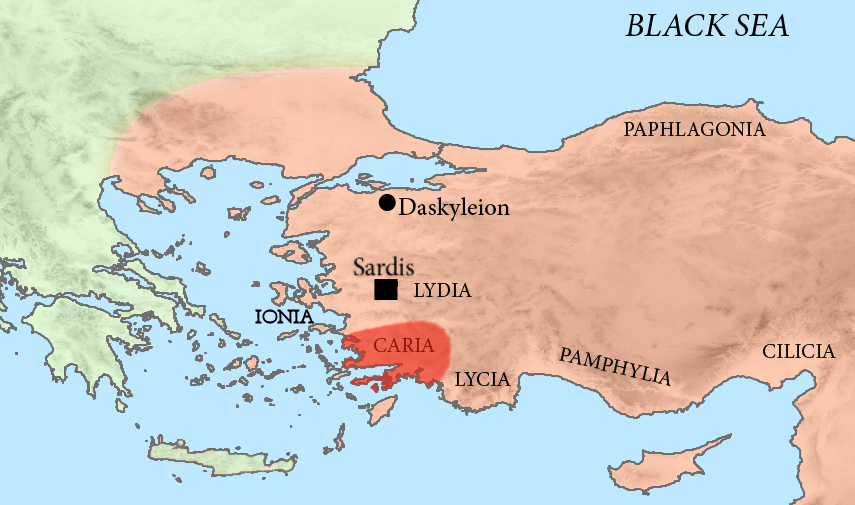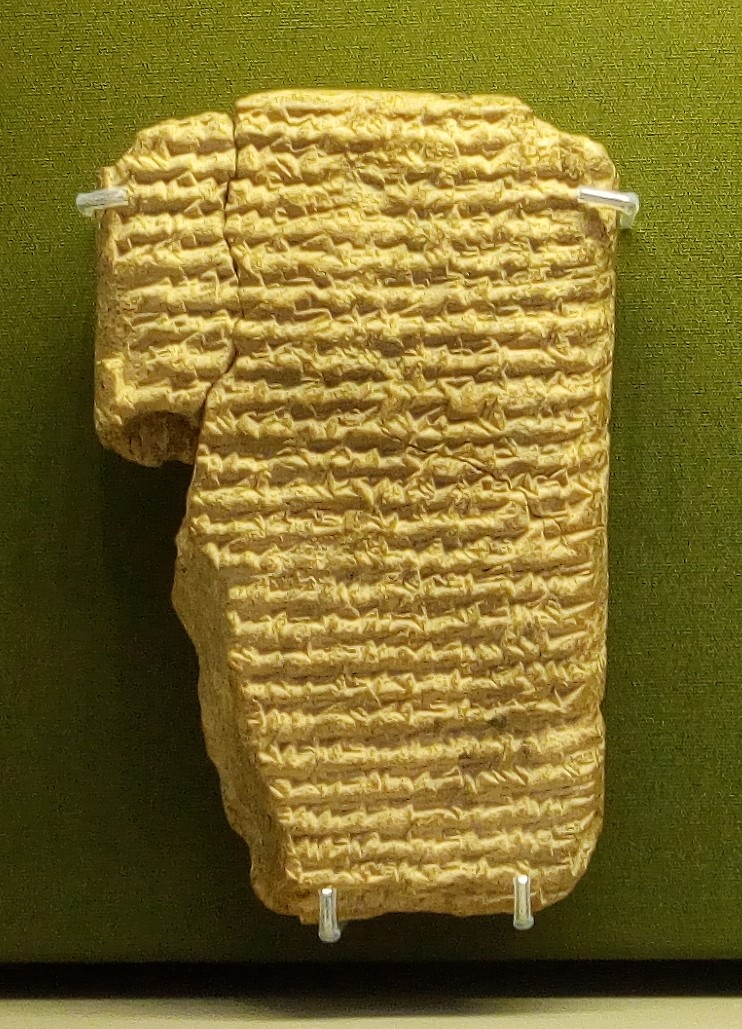|
Tanutamani
Tantamani ( Meroitic: 𐦛𐦴𐦛𐦲𐦡𐦲, , Neo-Assyrian: , ), also known as Tanutamun or Tanwetamani (d. 653 BC) was ruler of the Kingdom of Kush located in Northern Sudan, and the last pharaoh of the Twenty-fifth Dynasty of Egypt. His prenomen or royal name was Bakare, which means "Glorious is the Soul of Re." Filiation He was the son of King Shabaka and the nephew of his predecessor Taharqa. In some Egyptological literature he is identified as the son of Shebitku. Assyrian records call Tantamani a son of Shabaka and refer to his mother, Qalhata, as a sister of Taharqa. Some Egyptologists interpreted the Assyrian text as stating that Tantamani was a son of Shebitku, but it is now more common to consider Tantamani a son of Shabaka. Conflict with Ashurbanipal of Assyria Soon after the Assyrians had appointed Necho I as king and left, Tantamani invaded Egypt in hopes of restoring his family to the throne. Tantamani marched down the Nile from Nubia and reoccupied ... [...More Info...] [...Related Items...] OR: [Wikipedia] [Google] [Baidu] |
Kingdom Of Kush
The Kingdom of Kush (; Egyptian language, Egyptian: 𓎡𓄿𓈙𓈉 ''kꜣš'', Akkadian language, Assyrian: ''Kûsi'', in LXX Χους or Αἰθιοπία; ''Ecōš''; ''Kūš''), also known as the Kushite Empire, or simply Kush, was an ancient kingdom in Nubia, centered along the Nile Valley in what is now northern Sudan and southern Egypt. The region of Nubia was an early cradle of civilization, producing several complex societies that engaged in trade and industry. The city-state of Kerma emerged as the dominant political force between 2450 and 1450 BC, controlling the Nile Valley between the first and fourth Cataracts of the Nile, cataracts, an area as large as Egypt. The Egyptians were the first to identify Kerma as "Kush" probably from the indigenous ethnonym "Kasu", over the next several centuries the two civilizations engaged in intermittent warfare, trade, and cultural exchange. Much of Nubia came under Egyptian rule during the New Kingdom of Egypt, New Kingdom pe ... [...More Info...] [...Related Items...] OR: [Wikipedia] [Google] [Baidu] |
Pharaoh
Pharaoh (, ; Egyptian language, Egyptian: ''wikt:pr ꜥꜣ, pr ꜥꜣ''; Meroitic language, Meroitic: 𐦲𐦤𐦧, ; Biblical Hebrew: ''Parʿō'') was the title of the monarch of ancient Egypt from the First Dynasty of Egypt, First Dynasty () until the Roman Egypt, annexation of Egypt by the Roman Republic in 30 BCE. However, the equivalent Egyptian language, Egyptian word for "king" was the term used most frequently by the ancient Egyptians for their monarchs, regardless of gender, through the middle of the Eighteenth Dynasty during the New Kingdom of Egypt, New Kingdom. The earliest confirmed instances of "pharaoh" used contemporaneously for a ruler were a letter to Akhenaten (reigned –1336 BCE) or an inscription possibly referring to Thutmose III (–1425 BCE). In the early dynasties, ancient Egyptian kings had as many as ancient Egyptian royal titulary, three titles: the Horus name, Horus, the prenomen (Ancient Egypt), Sedge and Bee (wikt:nswt-bjtj, ''nswt-bjtj''), and ... [...More Info...] [...Related Items...] OR: [Wikipedia] [Google] [Baidu] |
Sack Of Thebes
The sack of Thebes took place in 663 BC in the city of Thebes, Egypt, Thebes at the hands of the Neo-Assyrian Empire under king Ashurbanipal, then at war with the Kushite Twenty-fifth Dynasty of Egypt under Tantamani, during the Assyrian conquest of Egypt. After a long struggle for the control of the Levant which had started in 705 BC, the Kushites had gradually lost control of Lower Egypt and, by 665 BC, their territory was reduced to Upper Egypt and Nubia. Helped by the unreliable vassals of the Assyrians in the Nile Delta region, Tantamani briefly regained Memphis, Egypt, Memphis in 663 BC, killing Necho I of Sais, Egypt, Sais in the process. On learning of these events, Ashurbanipal aided by Necho's son, Psamtik I and his Carians, Carian mercenaries, returned to Egypt with a large army and comprehensively defeated the Kushites near Memphis. The army then proceeded south to Thebes, which quickly fell as Tantamani had already fled to Lower Nubia. According to Assyrian texts, t ... [...More Info...] [...Related Items...] OR: [Wikipedia] [Google] [Baidu] |
Kom Ombo
Kom Ombo (; Coptic: or ; Ancient Greek: or ; or and ) is an agricultural town in Egypt famous for the Temple of Kom Ombo. It was originally an Egyptian city called Nubt, meaning City of Gold (not to be confused with the city north of Naqada that was also called Nubt/Ombos). Nubt is also known as or (). It became a Greek settlement during the Greco-Roman Period. The town's location on the Nile, north of Aswan (Syene), gave it some control over trade routes from Nubia to the Nile Valley, but its main rise to prominence came with the erection of the Temple of Kom Ombo in the 2nd century BC. History In antiquity the city was in the Thebaid, the capital of the Nomos Ombites, on the east bank of the Nile; latitude north. Ombos was a garrison town under every dynasty of Egypt as well as the Ptolemaic Kingdom and Roman Egypt, and was celebrated for the magnificence of its temples and its hereditary feud with the people of Dendera. Ombos was the first city below Aswa ... [...More Info...] [...Related Items...] OR: [Wikipedia] [Google] [Baidu] |
Thebes, Egypt
Thebes (, , ''Thēbai''), known to the ancient Egyptians as Waset, was an ancient Egyptian city located along the Nile about south of the Mediterranean. Its ruins lie within the modern Egyptian city of Luxor. Thebes was the main city of the fourth Upper Egyptian nome (Sceptre nome) and was the capital of Egypt for long periods during the Middle Kingdom and New Kingdom eras. It was close to Nubia and the Eastern Desert, with its valuable mineral resources and trade routes. It was a religious center and the most venerated city during many periods of ancient Egyptian history. The site of Thebes includes areas on both the eastern bank of the Nile, where the temples of Karnak and Luxor stand and where the city was situated; and the western bank, where a necropolis of large private and royal cemeteries and funerary complexes can be found. In 1979, the ruins of ancient Thebes were classified by UNESCO as a World Heritage Site. Toponymy The Egyptian name for Thebes was ''w� ... [...More Info...] [...Related Items...] OR: [Wikipedia] [Google] [Baidu] |
Upper Egypt
Upper Egypt ( ', shortened to , , locally: ) is the southern portion of Egypt and is composed of the Nile River valley south of the delta and the 30th parallel North. It thus consists of the entire Nile River valley from Cairo south to Lake Nasser (formed by the Aswan High Dam). Name In ancient Egypt, Upper Egypt was known as ''tꜣ šmꜣw'', literally "the Land of Reeds" or "the Sedgeland", named for the sedges that grow there. In Biblical Hebrew it was known as and in Akkadian it was known as . Both names originate from the Egyptian '' pꜣ- tꜣ- rsj'', meaning "the southern land". In Arabic, the region is called Sa'id or Sahid, from صعيد meaning "uplands", from the root صعد meaning to go up, ascend, or rise. Inhabitants of Upper Egypt are known as Sa'idis and they generally speak Sa'idi Egyptian Arabic. Geography Upper Egypt is between the Cataracts of the Nile beyond modern-day Aswan, downriver (northward) to the area of El-Ayait, which places modern- ... [...More Info...] [...Related Items...] OR: [Wikipedia] [Google] [Baidu] |
Abusir
Abusir ( ; Egyptian ''pr wsjr'' ' "the resting place of Osiris"; ) is the name given to an ancient Egyptian archaeological pyramid complex comprising the ruins of 4 kings' pyramids dating to the Old Kingdom period, and is part of the Pyramid Fields of the Memphis and its Necropolis UNESCO World Heritage Site. The pyramid complex is named after the neighbouring village of Abusir, in the markaz (county) of Badrashin, Giza. The Abusir pyramid complex is located on the Western Desert plateau at the edge of the cultivated plain, with the Giza Pyramids to its north, and Saqqara to its south, and served as one of the main elite cemeteries for the ancient Egyptian capital city of Memphis. Several other villages in northern and southern Egypt are named Abusir or Busiri. The locality of Abusir took its turn as the focus of the prestigious western burial rites operating out of the then-capital of Memphis during the Old Kingdom 5th Dynasty. As an elite cemetery, neighbou ... [...More Info...] [...Related Items...] OR: [Wikipedia] [Google] [Baidu] |
Serapeum Of Saqqara
The Serapeum of Saqqara was the ancient Egyptian burial place for sacred bulls of the Apis cult at Memphis. It was believed that the bulls were incarnations of the god Ptah, which would become immortal after death as ''Osiris-Apis'', a name which evolved to ''Serapis ('') in the Hellenistic period, and ''Userhapi'' () in Coptic. It is one of the animal catacombs in the Saqqara necropolis, which also contains the burial vaults of the mother cows of the Apis, the Iseum. Over a timespan of approximately 1400 years, from the New Kingdom of Egypt to the end of the Ptolemaic Period, at least sixty Apis are attested to have been interred at the Serapeum. For the earliest burials, isolated tombs were constructed. As the cult gained importance, underground galleries were dug that connected subsequent burial chambers. Above ground, the main temple enclosure was supplemented by shrines, workshops, housing and administrative quarters. From the Late Period onward, most Apis were bu ... [...More Info...] [...Related Items...] OR: [Wikipedia] [Google] [Baidu] |
Isis
Isis was a major goddess in ancient Egyptian religion whose worship spread throughout the Greco-Roman world. Isis was first mentioned in the Old Kingdom () as one of the main characters of the Osiris myth, in which she resurrects her slain brother and husband, the divine king Osiris, and produces and protects his heir, Horus. She was believed to help the dead enter the afterlife as she had helped Osiris, and she was considered the divine mother of the pharaoh, who was likened to Horus. Her maternal aid was invoked in healing spells to benefit ordinary people. Originally, she played a limited role in royal rituals and temple rites, although she was more prominent in funerary practices and magical texts. She was usually portrayed in art as a human woman wearing a throne-like hieroglyph on her head. During the New Kingdom (), as she took on traits that originally belonged to Hathor, the preeminent goddess of earlier times, Isis was portrayed wearing Hathor's headdress: a ... [...More Info...] [...Related Items...] OR: [Wikipedia] [Google] [Baidu] |
Carians
The Carians (; , ''Kares'', plural of , ''Kar'') were the ancient inhabitants of Caria in southwest Anatolia, who spoke the Carian language. Historical accounts Karkisa It is not clear when the Carians enter into history. The definition is dependent on corresponding Caria and the Carians to the "Karkiya" or "Karkisa" mentioned in the Hittites, Hittite records. Bronze Age Karkisa are first mentioned as having aided the Assuwa League against the Hittite King Tudhaliya I. Later in 1323 BC, King Arnuwandas II was able to write to Karkiya for them to provide asylum for the deposed Manapa-Tarhunta of "the land of the Seha River", one of the principalities within the Luwians, Luwian Arzawa complex in western Anatolia. This they did, allowing Manapa-Tarhunta to take back his kingdom. In 1274 BC, Karkisa are also mentioned among those who fought on the History of the Hittites, Hittite Empire side against the Egyptians in the Battle of Kadesh. Taken as a whole, Hittite records seem to ... [...More Info...] [...Related Items...] OR: [Wikipedia] [Google] [Baidu] |
Ashurbanipal
Ashurbanipal (, meaning " Ashur is the creator of the heir")—or Osnappar ()—was the king of the Neo-Assyrian Empire from 669 BC to his death in 631. He is generally remembered as the last great king of Assyria. Ashurbanipal inherited the throne as the favored heir of his father Esarhaddon; his 38-year reign was among the longest of any Assyrian king. Though sometimes regarded as the apogee of ancient Assyria, his reign also marked the last time Assyrian armies waged war throughout the ancient Near East and the beginning of the end of Assyrian dominion over the region. Esarhaddon selected Ashurbanipal as heir 673. The selection of Ashurbanipal bypassed the elder son Shamash-shum-ukin. Perhaps in order to avoid future rivalry, Esarhaddon designated Shamash-shum-ukin as the heir to Babylonia. The two brothers jointly acceded to their respective thrones after Esarhaddon's death in 669, though Shamash-shum-ukin was relegated to being Ashurbanipal's closely monitored vassal. Mu ... [...More Info...] [...Related Items...] OR: [Wikipedia] [Google] [Baidu] |











